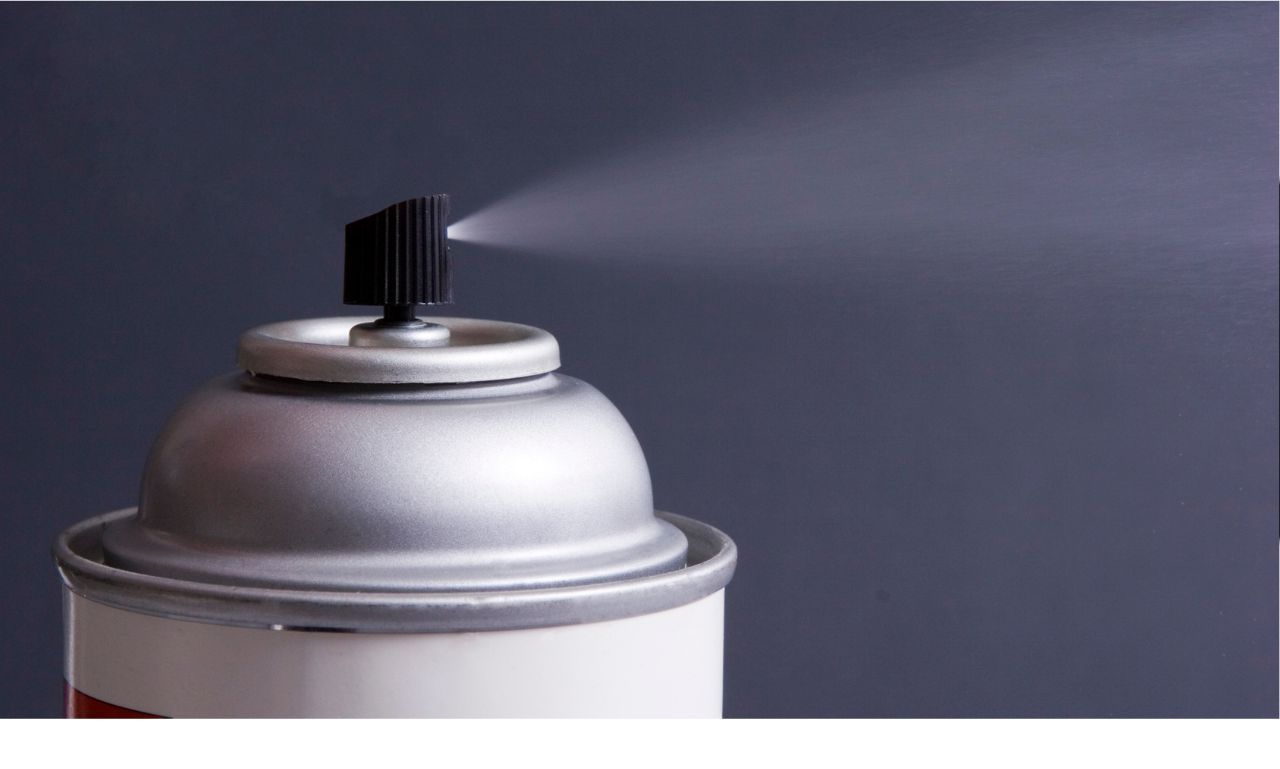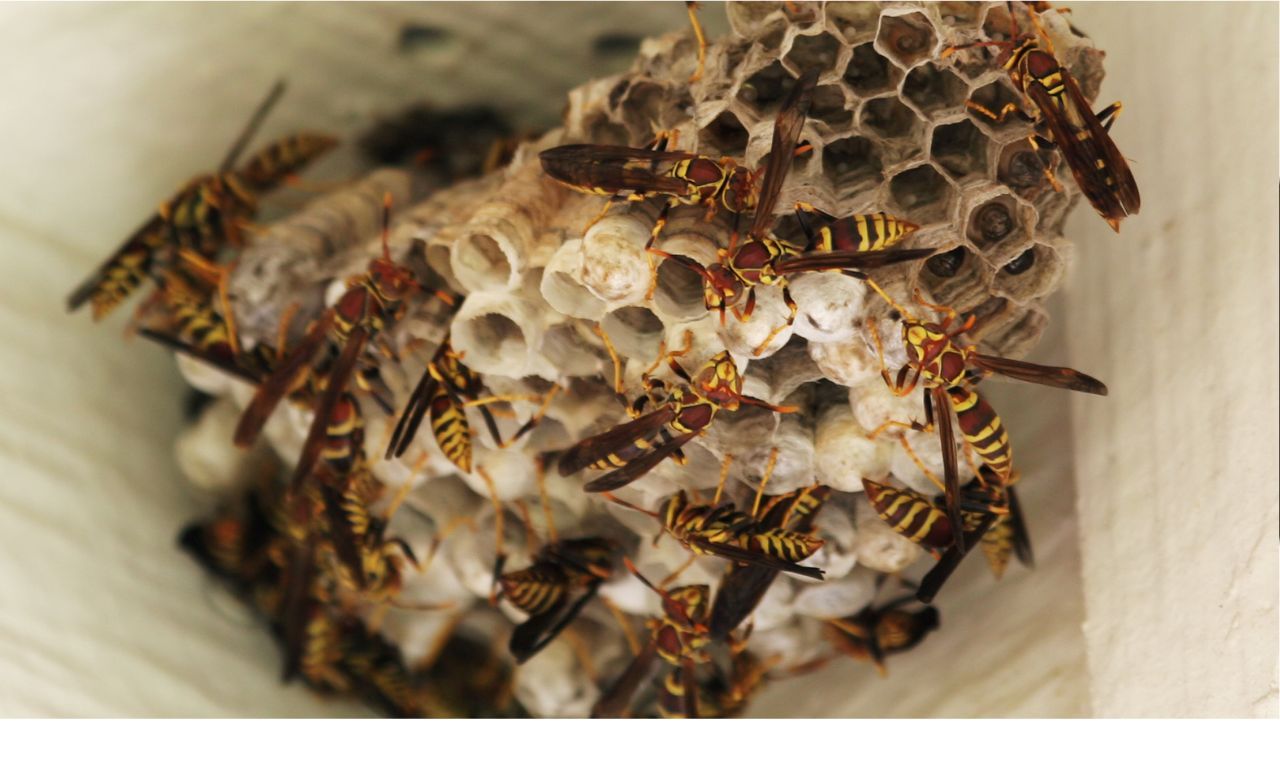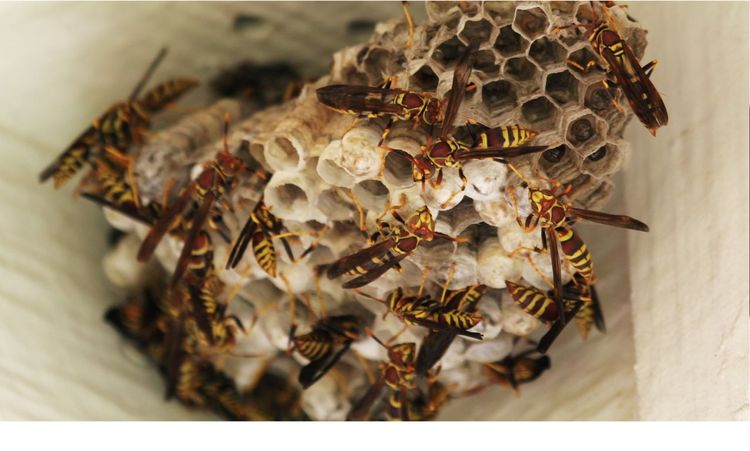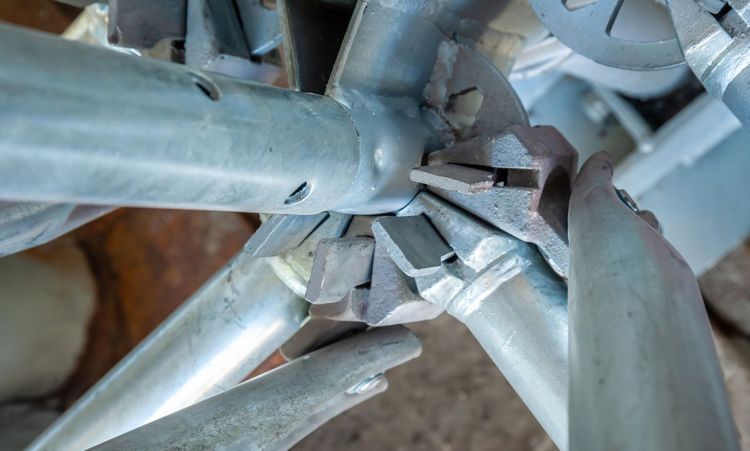Wasps can be more than just a nuisance. They can threaten your peace, your health, and your outdoor fun. Learning how to prevent and remove wasp nests will help you reclaim your yard, making it safe for you, your family, and your guests.
What are the Signs of a Wasp Infestation?
Wasps are sneaky when it comes to building nests. Early detection can save you a lot of trouble down the road. Here are the tell-tale signs of a wasp infestation:
- Visible Nests: The easiest sign is finding a wasp nest hanging from a tree branch, under an eave, or inside an unused shed. Wasp nests come in various forms, but most resemble a papery, round structure. Paper wasps build nests that are open with visible hexagonal cells, while other species, like baldfaced hornets, create a fully enclosed structure.
- Increased Wasp Activity: If you notice wasps frequently buzzing around a particular spot in your yard, it could indicate that there's a nest nearby.
- Frequent Feeding Areas: Wasps feed on protein early in the summer and sugars later. You might notice them attracted to pet food, outdoor grills, or even hummingbird feeders.
Identifying these signs early will make wasp nest removal much easier.
What Are the Health Risks Associated with Wasp Stings?

Wasps don’t just buzz—they sting, and their stings pack a painful punch. Wasps are territorial creatures, and they won’t hesitate to sting if they feel their nest is threatened.
- Allergic Reactions: A single sting can lead to a life-threatening allergic reaction for some people. Symptoms include swelling, trouble breathing, and dizziness. People with allergies to insect stings should take special care around wasps.
- Multiple Stings: Unlike bees, wasps can sting multiple times, which increases the danger if someone accidentally disturbs a wasp nest.
Staying informed about the risks makes it easier to decide when it's time for professional help with wasp nest removal.
Learn About the Lifecycle of Wasps
Understanding a wasp's lifecycle helps you know when they're most vulnerable and when removal is safest.
- Spring: Queen wasps emerge from hibernation and start new colonies. This is when nests are the smallest and easiest to deal with.
- Summer: Wasp colonies grow rapidly during summer, with thousands of wasps in one nest. Worker wasps hunt for food to feed larvae.
- Fall: Adult wasps become aggressive as they shift to a sugar-based diet. Nests are large by this time, and wasps are particularly territorial.
- Winter: Nests are abandoned, and most wasps die, except for a few fertilized queens who hibernate and start new nests the following spring.
Timing is everything in wasp nest removal, with spring being the best time to remove smaller nests.
Recognize Wasp Feeding Habits
Understanding what attracts wasps can help prevent them from taking over your yard.
- Protein-Based Diet: Early in their lifecycle, wasps prefer protein. You'll find them around garbage bins, pet food, and even outdoor barbecues.
- Sugary Foods: In late summer, wasps transition to seeking out sugar. Fallen fruits, sugary drinks, and flowers can attract them.
To minimize wasps, avoid leaving food and sugary drinks outdoors.
What are the Effective Control Methods for Wasps?
Once you've determined that you have a wasp problem, it's time to explore control methods. Here are the most effective ones:
Wasp Traps
- Homemade Wasp Traps: You can make simple wasp traps from plastic bottles filled with a sugary solution to lure and trap wasps. Position these away from areas where people gather.
- Commercial Wasp Traps: There are also commercial options available that contain attractants specifically designed for wasps.
Professional Exterminators
Hiring a professional exterminator is often the safest and most effective solution, especially for larger nests or for people with allergies to insect stings. Professionals know exactly how to approach a nest to minimize the risk of stings.
Aerosol Wasp Sprays

Aerosol sprays are convenient for smaller nests. These sprays work by paralyzing the wasps on contact, making wasp nest removal more manageable.
Fake Wasp Nests
Wasps are territorial. Hanging a fake wasp nest can deter new colonies from settling in your yard, as wasps will generally avoid building near another nest.
How to Implement Preventative Measures for Your Yard?
Prevention is always better than dealing with a full-blown wasp infestation. Here are some measures to make your yard less attractive to wasps:
- Seal Trash and Food Containers: Wasps are attracted to open food sources. Make sure trash cans have tight-fitting lids, and avoid leaving pet food outdoors.
- Eliminate Standing Water: Wasps need water to survive. Empty birdbaths, fix leaky hoses, and eliminate puddles to discourage wasps.
- Maintain Your Yard: Trim bushes and trees to prevent wasps from finding good nesting spots. Patch any gaps or holes in your home's exterior to keep them from nesting inside walls.
What Techniques Are Used to Safely Removing a Wasp Nest?
Removing a wasp nest is a dangerous task, and you need to take careful steps to avoid painful stings.
- Aerosol Wasp Sprays: Use an aerosol wasp spray at night when wasps are less active. Stand a safe distance away and spray the nest thoroughly.
- Soapy Water: Soapy water is a less toxic alternative for smaller nests. Mix dish soap with water and spray it directly onto the nest to suffocate the wasps.
- Hire a Professional: For large nests or nests located in difficult spots, a professional pest control expert is the safest option.
What are the Essential Safety Precautions Before Removal?
Safety should always come first when dealing with wasps. Here are essential safety tips:
- Protective Clothing: Wear long sleeves, pants, gloves, and goggles to protect against stings.
- Remove Nest at Night: Wasps are less aggressive at night. They are all in the nest, and temperatures are lower, which makes them slower.
- Keep Children and Pets Away: Make sure children and pets are inside when removing a nest to prevent accidental stings.
What are the Tools Needed for Wasp Nest Removal?
Having the right tools can make wasp nest removal much safer:
- Aerosol Wasp Spray: Effective for smaller nests and easier to use.
- Protective Gear: Full-body protection to reduce the risk of stings.
- Flashlight Covered in Red Cellophane: Wasps can’t see red light, so using a flashlight covered in red cellophane won’t disturb them at night.
- Extension Pole: For nests that are high up, an extension pole can help apply spray without getting too close.
How to Handle a Nest After Removal

Once you've successfully removed the wasp nest, follow these steps to ensure everything is safe and clean:
- Seal the Nest in a Bag: Place the nest in a plastic bag and seal it tightly to prevent any live wasps from escaping.
- Dispose of the Nest: Place the sealed bag in an outdoor trash can.
- Clean the Area: Wasps leave behind pheromones that can attract other wasps. Clean the area where the nest was attached to eliminate these scents.
How to Monitor for Future Wasp Activity
Just because you've removed a wasp nest doesn’t mean they won't come back. Stay vigilant and:
- Check High-Risk Areas: Frequently inspect eaves, attics, and garden sheds for signs of new nests.
- Use Wasp Deterrents: Hang fake nests or use wasp-repellent plants, like mint and citronella, to deter new colonies.
What are the Environmental Impacts of Wasps?
Though wasps can be an alarming pest, they are also beneficial in several ways:
- Natural Pest Control: Wasps feed on other insects like caterpillars and flies, making them a natural form of pest control in gardens.
- Pollinators: Many species of wasps also contribute to pollination, especially social wasps, which visit flowers for nectar.
Instead of immediately destroying every wasp nest you find, consider their environmental role and whether they actually pose a threat.
Call to Action
If dealing with wasps feels overwhelming, or you’re worried about the safety of your family, consider reaching out to a professional pest control service. A qualified wasp exterminator can provide same-day service and ensure your yard stays family-safe and wasp-free.




